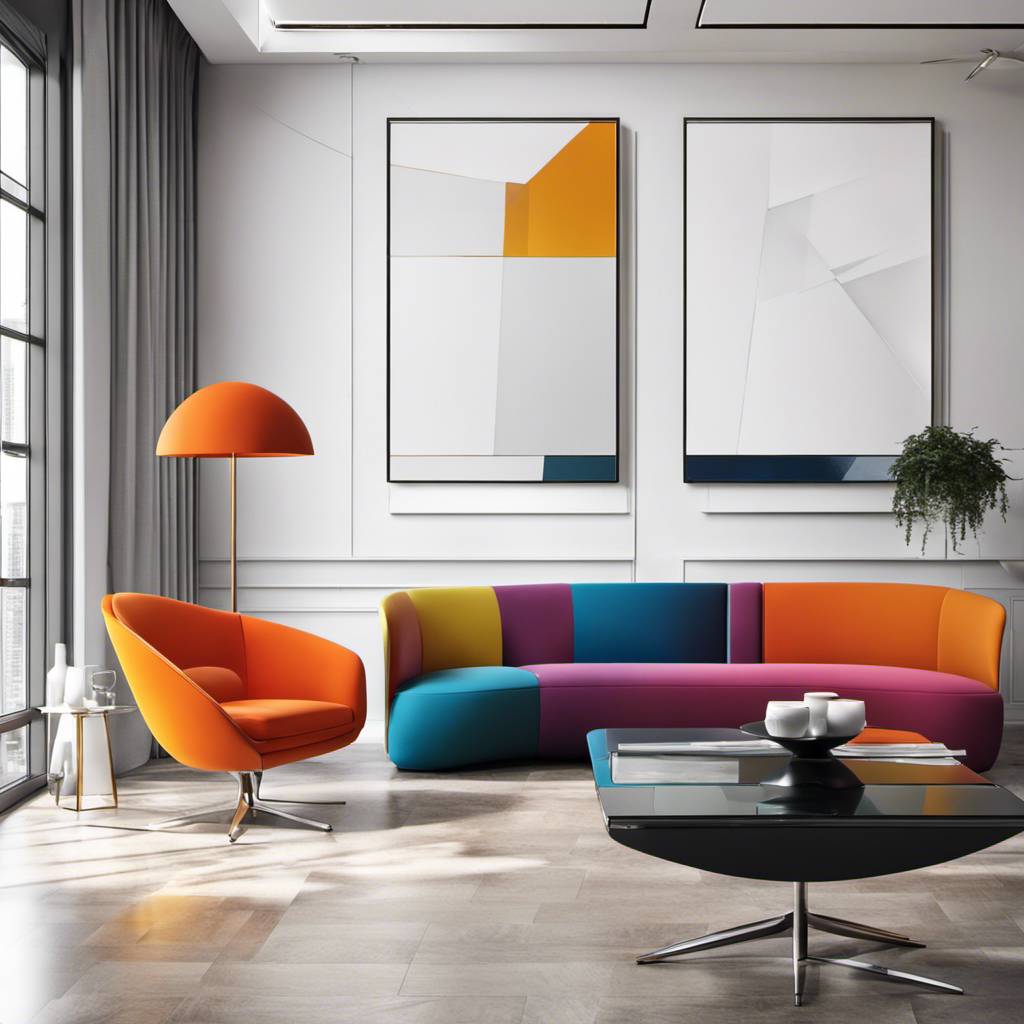
Furniture Firms Clash Over Office Design: Function Vs Aesthetics
The debate is heating up among home office furniture suppliers over the priority of function versus aesthetics. While some suppliers are steadfast in their belief that functionality reigns supreme, others are shifting their focus towards the allure of aesthetics to meet the evolving needs of consumers.
There’s a growing sentiment that consumers are seeking less about storage and more about style. Micah Swick, president of a renowned furniture company, believes that the modern consumer is gravitating towards fashionable designs rather than practical storage. With the advent of compact and powerful gadgets like laptops and tablets, the need for bulky storage has significantly reduced. This shift has allowed consumers to prioritize creating a comfortable and pleasant environment that reflects their personal style.
Swick suggests that customers are seeking tranquility in their workspace, which can be achieved through the aesthetics of the furniture. Lighter finishes and curves, for instance, can add a touch of calmness to the workspace. Chuck Auten, a vice president at a high-end furniture manufacturing company, echoes this sentiment. He believes that as technology continues to evolve and reduce the need for physical storage, the demand for large, bulky storage units will decrease.
Auten’s company is focusing on producing decorative writing desks that can double as home office furniture. These desks are designed with a mix of materials like shagreen, eglomise glass, wrapped raffia, and embossed leathers, making them beautiful enough to be placed in various parts of the home. He suggests that customers are looking for feminine desks that blend in with and enhance their interiors.
However, not all suppliers share this perspective. Companies like AspenHome and BDI still emphasize the importance of function in office furniture. Dave Adams, vice president of marketing at BDI, suggests that customers often don’t realize the importance of functional features until they start shopping. They may initially be drawn to a piece due to its aesthetics, such as when deciding how to choose the best standing desk, but it’s the features that ultimately sell the product.
Adams believes that intelligently designed office furniture considers organization and workflow. It incorporates features like cable management, keyboard drawers, file storage, and supply organization to create an efficient workspace. He argues that office furniture should inspire creativity and create a space where people enjoy working.
A company spokesperson also highlighted the growing need for function-forward designs, storage, and multipurpose work surfaces. Consumers want office furniture that can fit into any room and save space. For these consumers, a writing desk or a lift-top workstation with an attached file cabinet could be the best sit stand desk option. Modular configurations are also perfect for multiple people working simultaneously.
In the end, the function versus aesthetics debate may be dependent on each company’s identity. Companies known for their style may lean towards aesthetics, while those specializing in office furniture may prioritize function. Understanding the consumer’s needs is key to striking the right balance.
The industry continues to navigate the shift towards remote work, weighing its pros and cons. As suppliers grapple with the function versus aesthetics debate, one thing is clear: the home office furniture landscape is evolving, and suppliers must adapt to meet changing consumer needs.





